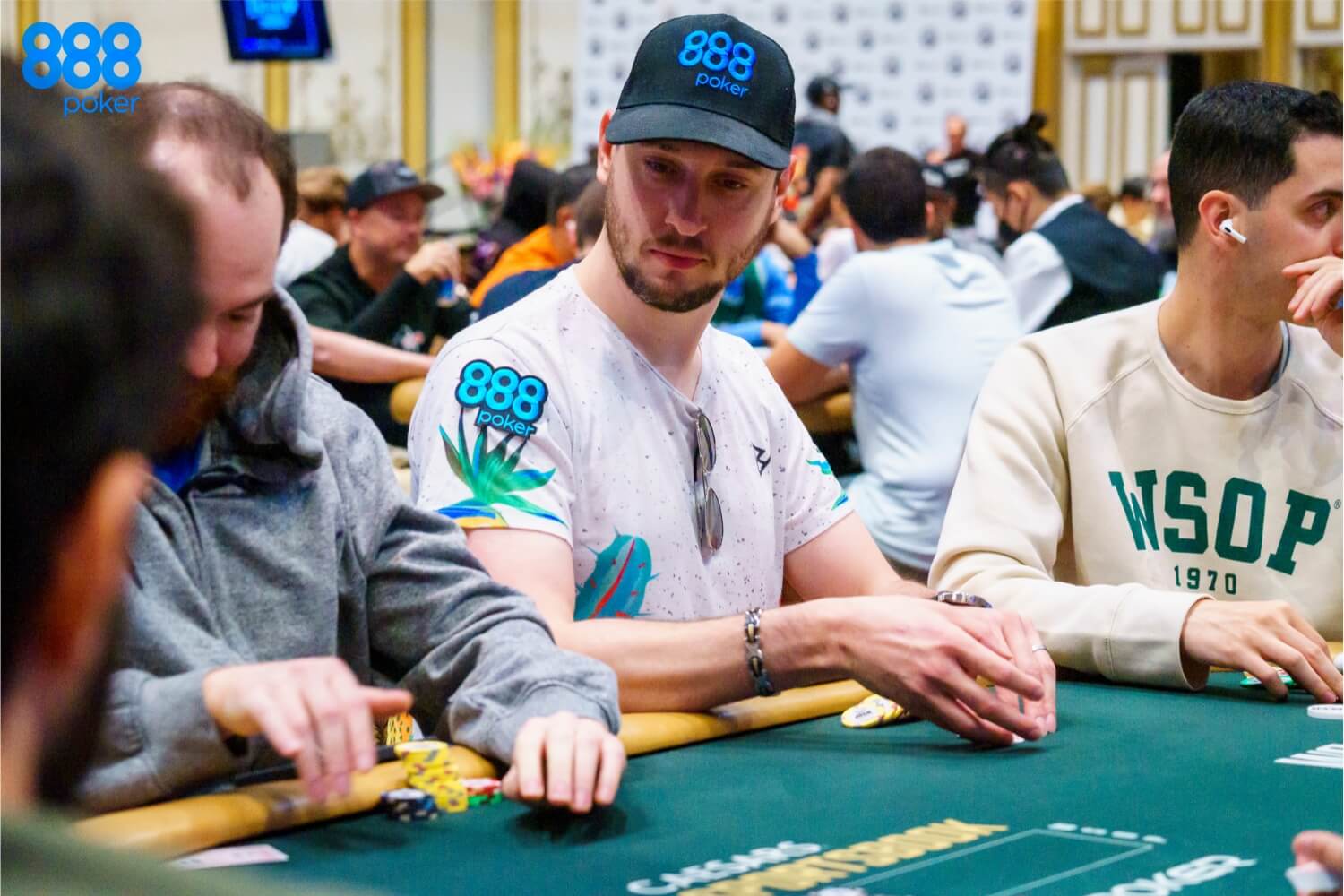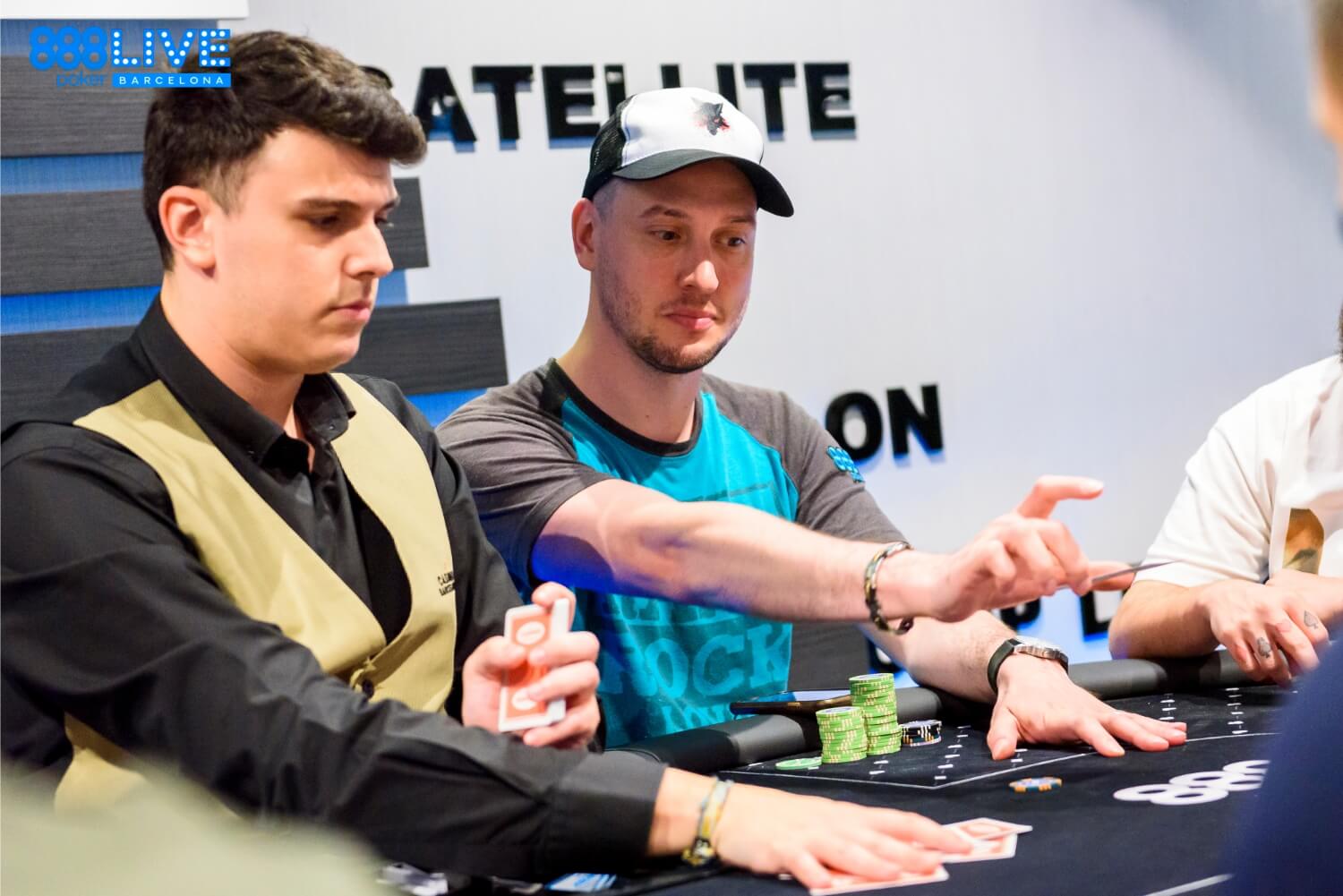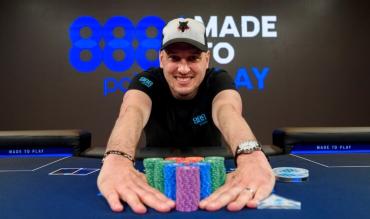One complaint I see many players make when looking at GTO solutions is, “but they don’t play like that in my games!” I understand where these players are coming from.
But a better understanding of the fundamentals of GTO solutions and why they work will equip you for the strange plays in poker.
Let’s look at an example:
We raise on the button, the big blind calls, and the flop comes K62 rainbow. On this board, the big blind should check their entire range.
They are at an equity disadvantage.
Consider the Big Blind Range Disadvantage
That disadvantage comes from their very wide defending range, having missed this flop more often than not. The big blind has so many junk hands like Q3s or T9o and the like that have very little equity on this board.
The button also has a swath of junk hands on this board. But proportionately, they occur less frequently in their range than the big blind’s range.
The button has every suited K in the deck and several off-suit Kx to further the disadvantage. The big blind 3bets some of their Kx, taking them out of their calling range in this scenario.
In short, the big blind should check to the raiser. But how do we respond in-game when they don’t do what they’re supposed to do?
Consider Why the Big Blind Bets

The first thing to realise is that we are playing two scenarios at once:
- The scenario when they check.
- This specific scenario when they’ve bet.
We want to make a note on this player's mistake here. When they check in the future, we know they have a leading range in this spot.
The second thing we want to do is put our opponent on a range of hands. In my experience, when you face a player leading boards, they aren't supposed to; they've hit the board and are excited about it.
- They’ll typically have Kx, 6x or sometimes 2x.
- They’ll also have the occasional completely random bluff hand to go with this range.
It’s impossible to say exactly how often they’re betting in each of these categories. But with no straight or flush draws possible, their range will be relatively value-heavy.
The way we respond is what is crucial here. It might seem counterintuitive and even frustrating. But we continue reasonably tight here, depending on their bet size. You can play around with a range viewer like the one in Poker Tracker 4 to see for yourself.
But a hand like 89s, with a back-door flush draw and back-door straight draw, only has around 15% equity. It can be frustrating to fold this when excitedly preparing to cbet and then double barrel a turn draw. We may even have been considering a triple barrel bluff.
But with so little equity, folding is precisely what we have to do vs any reasonably-sized bet.

Applying GTO Fundamentals to Weird Donk Plays
Our opponent’s lead here has cost them dearly, as we are now folding our 87s to their top pair. We would have likely bluffed multiple streets if they had checked.
If you remember earlier, I said we are playing two scenarios at once here. Next time we see an opponent like this, and they check, we know we aren’t facing a normal range.
Understanding the GTO fundamentals comes into play.
We know that their already weak big blind range is extraordinarily weak here. They’ve taken a bunch of their Kx hands and turned them into donk bets. This play allows us to change our strategy quite drastically.
Earlier, we would be merrily betting our super-strong hands like small sets. Now, these turn into mandatory slow plays. Typically, we would be excitedly betting these hands to punish the top pairs in their range.
But those top pairs don’t exist against this player!
So, checking to let them catch something to pay us off with - or letting them bluff the turn, makes for the best play.


